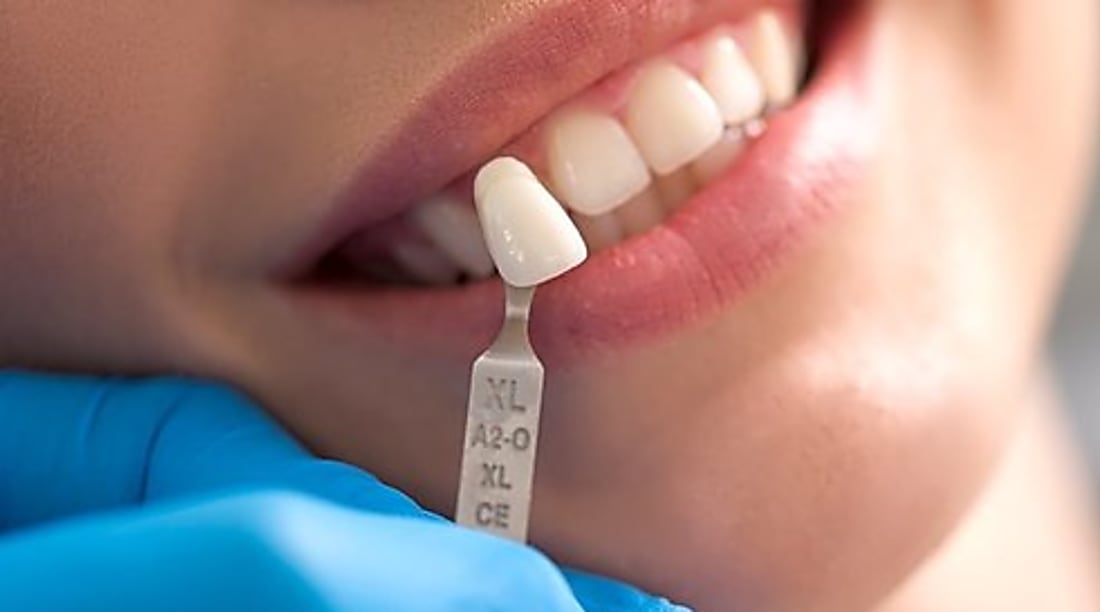Preparing your teeth for minimally invasive cosmetic facings
Preparing your teeth for minimally invasive cosmetic facings covers the practical steps patients and clinicians take before placing porcelain or ceramic facings. It explains conservative preparation techniques, shade selection, bonding protocols, and routine maintenance to support the longevity and durability of cosmetic restorations. This overview is aimed at helping readers understand what to expect during preparation and aftercare.

Preparing your teeth for minimally invasive cosmetic facings begins with careful planning that balances the aesthetic goals of the smile with the need to preserve natural tooth structure. Modern cosmetic restorations often use thin porcelain or ceramic facings that require minimal enamel adjustment compared with traditional crowns. A clinician typically assesses tooth alignment, bite, and existing restorations, and may use digital scans or trial mock-ups to preview changes. Clear communication about the desired shade, texture, and expected durability of the facings helps set realistic expectations before any irreversible steps are taken.
This article is for informational purposes only and should not be considered medical advice. Please consult a qualified healthcare professional for personalized guidance and treatment.
Why choose porcelain or ceramic facings?
Porcelain and ceramic facings are popular choices for cosmetic restorations because they mimic the translucency and color depth of natural enamel. Porcelain has long been favored for its stain resistance and optical properties, while newer high-strength ceramics can offer improved durability with minimal thickness. Facings allow targeted improvement of the smile—covering chips, gaps, or discoloration—without replacing entire tooth crowns. When considering materials, clinicians weigh factors such as toughness, finishability, and how the material interacts with light to achieve a natural-looking result that complements surrounding teeth.
What does preparation involve?
Minimally invasive preparation focuses on preserving enamel because bonding to enamel yields the most predictable long-term results. Preparation steps can include small, controlled enamel reductions, smoothing of rough edges, and removal of old bonding material where necessary. Many providers use digital workflows and mock-ups to guide conservative reduction. Temporary facings or provisional restorations may be placed while laboratory-made porcelain or ceramic facings are fabricated. The goal is to alter as little tooth substance as possible while creating a stable surface for accurate impressions and reliable bonding.
How is shade selected for a natural smile?
Shade selection is a collaborative step involving patient preferences and clinical judgment. The technician and dentist consider base tooth color, desired brightness, and translucency; small changes in shade can significantly affect overall smile esthetics. Porcelain and ceramic facings can be layered or characterized to match adjacent teeth, and try-in stages let patients view the proposed shade under different lighting. Natural factors—such as existing enamel thickness or underlying restorations—may influence the final choice. Documenting the desired shade and communicating it to the dental laboratory supports predictable cosmetic outcomes.
What does bonding and durability look like?
Bonding protocols are central to the longevity of facings. Successful adhesion typically requires meticulous surface treatment of both the tooth and the restoration: selective etching of enamel, application of adhesive systems, and appropriate cement selection for either light- or dual-cure bonding. Proper bonding distributes functional loads and reduces the risk of debonding or marginal staining. Durability also depends on occlusion management; addressing parafunctional habits like grinding or misaligned bites before final cementation reduces stress on thin ceramic facings and helps maintain the restoration’s integrity over time.
How to maintain longevity and routine care?
Routine maintenance extends the life of cosmetic facings. Daily oral hygiene using non-abrasive toothpaste, interdental cleaning, and regular dental check-ups helps prevent decay at margins and maintain aesthetics. Avoiding highly abrasive cleaning methods and minimizing exposure to surface-staining agents can preserve translucency and shade. For patients who clench or grind, professionally fitted night guards protect facings from excessive force. Periodic professional polishing and assessment of the bonding interface let clinicians catch early changes that could affect durability or the need for repair.
Selecting local services and practitioner expertise
Choosing local services with experience in minimally invasive cosmetic restorations is important. Look for clinicians who use digital imaging, can show before-and-after cases, and are willing to provide detailed treatment plans that include material choices such as porcelain or high-strength ceramic. Ask about laboratory partnerships, bonding protocols, and examples of maintenance instructions. A qualified clinician will discuss preparation options, expected longevity of facings, and realistic shade outcomes so you understand how the cosmetic restoration fits into ongoing oral care.
Preparation for minimally invasive cosmetic facings combines technical skill, clear communication, and attention to long-term maintenance. By focusing on enamel preservation, accurate shade selection, and reliable bonding techniques, clinicians can create natural-looking cosmetic restorations that support the smile’s function and appearance. Regular follow-up and appropriate home care contribute significantly to the longevity and durability of facings, helping patients maintain a stable and attractive result.






